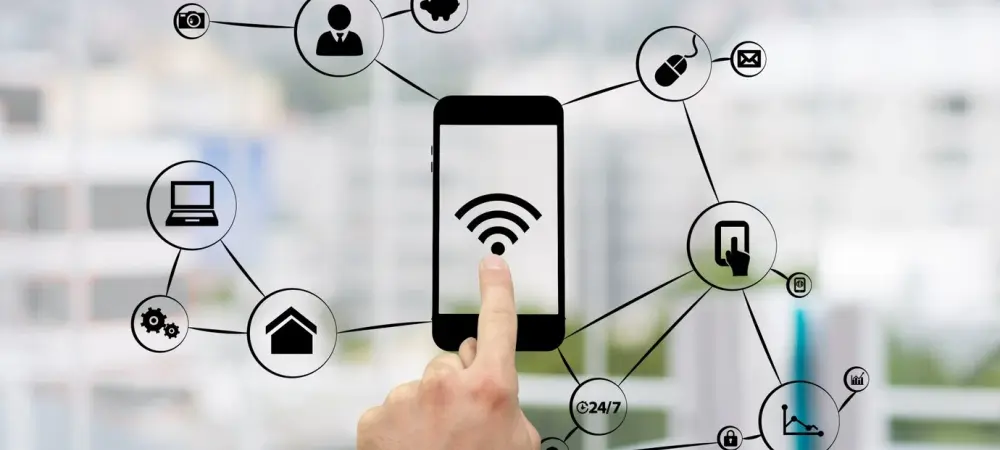In looking toward the future of communication, one question looms large: How will businesses integrate the billions of IoT devices poised to transform today’s network landscapes? Recent reports show IoT devices are rapidly multiplying, with estimates suggesting they will exceed 35 billion in 2025. This proliferation promises unparalleled opportunities for connectivity but also introduces a complex web of integration challenges impacting everyday operations—from factories to smart cities.
Unraveling the Complexity of IoT Network Integration
Integrating IoT networks offers transformative potential for enterprises aiming to harness the benefits of automation, smart cities, and digital evolution. These networks promise to bridge disparate systems, enabling real-time data processing across diverse platforms. Yet, the endeavor is fraught with hurdles. Security vulnerabilities and data management concerns weigh heavily on businesses as they implement sensors and devices crucial for advancing operational efficiency and customer satisfaction.
Exploring Diverse Integration Components
Seamless connectivity is central to IoT network integration. It confronts interoperability issues, demanding tailored solutions for different connectivity needs. Bluetooth and Wi-Fi offer accessible options for local environments, whereas cellular networks, such as 4G and 5G, provide wider geographic reach. Low-power WANs cater to long-distance needs, ideal for applications requiring minimal data transfer. Real-world applications showcase IoT’s impact across various sectors. Healthcare enterprises, manufacturing plants, and logistics providers each benefit from effective integration, highlighting data-driven improvements and personalized solutions.
Insights from Experts in the Field
Industry leaders share valuable perspectives on navigating integration complexities. Experts emphasize the repercussions of inadequate planning and poor interoperability standards, urging businesses to lay robust groundwork. They recount experiences from successful IoT implementations, painting a picture of strategic moves that avoided common pitfalls. Research findings further underline the necessity of meticulous planning and adherence to interoperability standards, aiding in preventing system malfunctions and breaches.
Strategies for Effective IoT Network Integration
Achieving successful IoT integration requires a structured approach, beginning with early infrastructure design. Businesses are advised to prioritize security measures and manage interoperability standards effectively to safeguard data transmissions. Frameworks that prioritize network traffic and ensure Quality of Service (QoS) are vital, especially in disparate business units. Step-by-step strategies permit enterprises to integrate IoT networks with precision, anticipating future scalability needs and adaptation requirements.
Looking Back at Actionable Insights
Reflecting on the strategic approaches to IoT network integration reveals the necessity of aligning such initiatives with broader organizational goals. Businesses successfully securing buy-in from stakeholders demonstrated adaptability to technology advancements while maintaining robust security protocols. Forward-thinking considerations provided the foundation for new innovations, ensuring IoT integration evolved beyond singular projects into comprehensive strategic motions. As enterprises forge ahead, lessons learned underscore the importance of scalability, security, and seamless connectivity in strengthening their networks against looming challenges.

